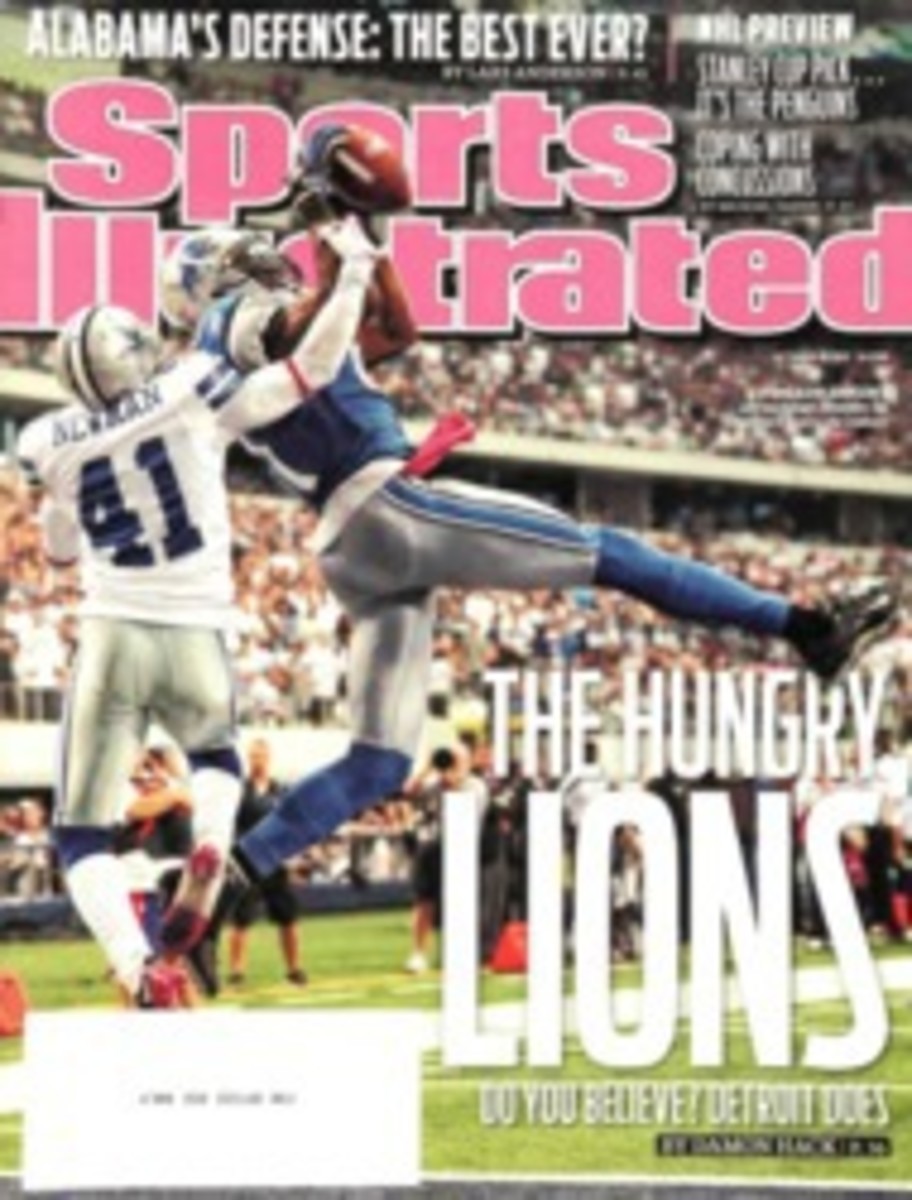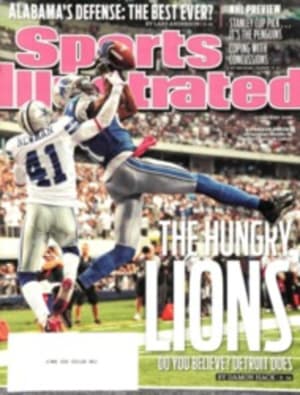
HEAD PROTECTION
The new and improved Rule 48 should help the NHL further reduce concussions, but there's still more the league can do
On March 25, 2010, less than three weeks after Penguins winger Matt Cooke drove his left shoulder into the right temple of Bruins center Marc Savard, the NHL implemented the first edition of Rule 48, which prescribed supplemental discipline for any lateral or blind-side hit aimed at the head—the league upgraded the rule that summer to a major penalty, with the possibility of a match penalty and subsequent suspension. In 2010--11, the first full season under Rule 48, there was only one concussion resulting from an illegal hit (the blind-side check that Sharks center Joe Thornton laid on Blues winger David Perron last Nov. 4), down from five the previous year.
Despite this decline, it became evident last year that the NHL could do more. During a first-round playoff series last April, Canucks winger Raffi Torres landed a deliberate north-south head shot on the Blackhawks' Brent Seabrook in the narrow alley behind the Chicago net. Under the new rule head shots were legal for attacking players skating at an opponent from the opposite direction, and Torres received no supplemental discipline. Enter Rule 48, version 2.0, which was enacted on June 21. This season, any hit that targets the head, no matter the direction of the approach, will result in a minor penalty with the possibility of supplementary discipline.
Neurologically, the expansion of the rule makes sense. Inside the skull, the brain sits in fluid and is anchored at the back by the brain stem. When the head is jolted, the brain moves in the fluid and can bounce off the inside of the skull. The injury that results from a hit is proportional to the speed at which the head snaps and how long it takes to decelerate to a stop. Removing blind-side hits (a player who sees a hit coming tenses his neck muscles to lessen the acceleration of his head) and direct head hits decreases events in which a player's head decelerates rapidly from high speed.
What about a body check, which can still send the head flying atop the neck? The answer: Concussions are possible but far less likely. "With a body check, you get this whiplash mechanism, but the head comes to a full stop over a much longer time," says Jason Mihalik, an assistant professor of exercise and sport science at North Carolina who studies the biomechanics of concussions.
For now, the league has chosen to leave incidental hits to the head outside the purview of Rule 48. This is why the statute still comes up short, according to some experts. Last year's Mayo Clinic summit on concussions in hockey "actually recommended that all hits to the head [be ruled] illegal, which means both intentional and unintentional," says Michael Stuart, an orthopedic surgeon at the Mayo Clinic, chief medical officer for USA Hockey and father of two current NHL players, Sabres winger Colin Stuart and Jets defenseman Mark Stuart. "That [recommendation was] adopted by Hockey Canada and USA Hockey. If you accidentally hit someone in the head or face with a stick, it's still called high-sticking. It's still a two-minute penalty."
PHOTO
ERIC BOLTE/QMI AGENCY
MOMENT OF CLARITY This hit by Boston's Zdeno Chara (33) on Montreal's Max Pacioretty last year was just one that spurred the NHL to revise its rules.

